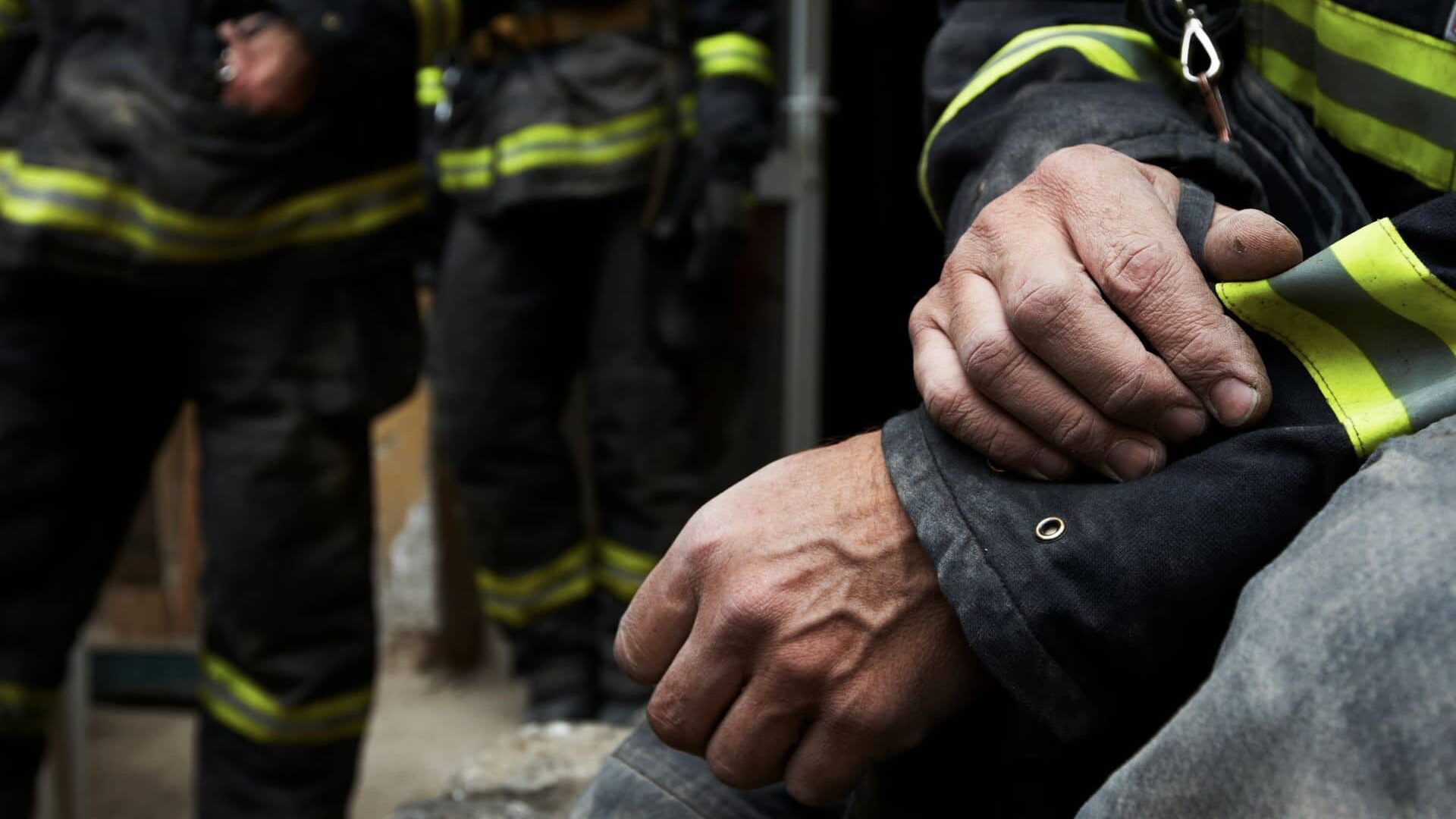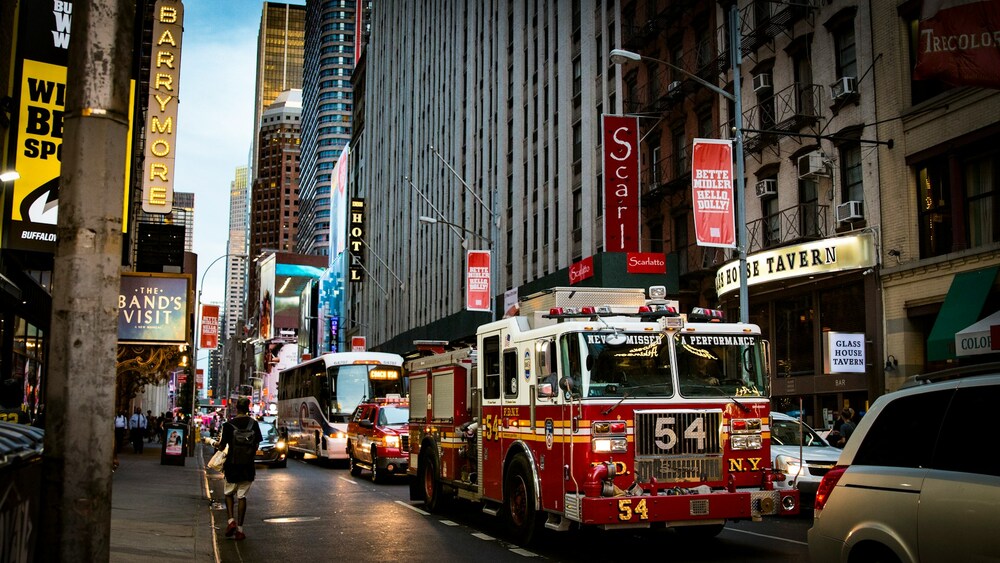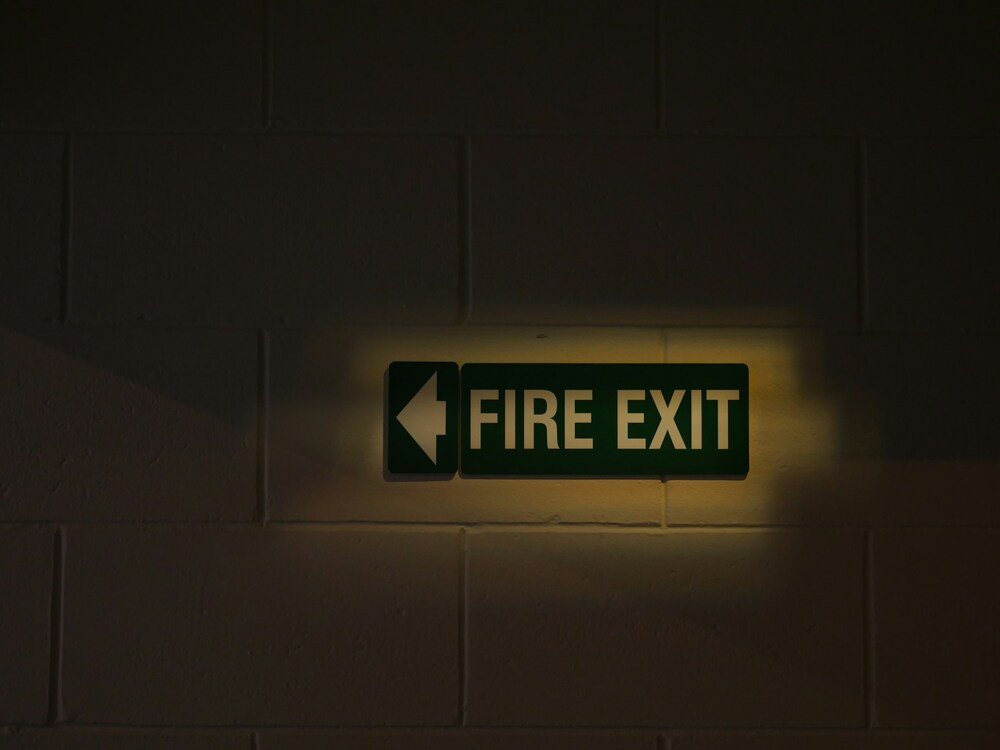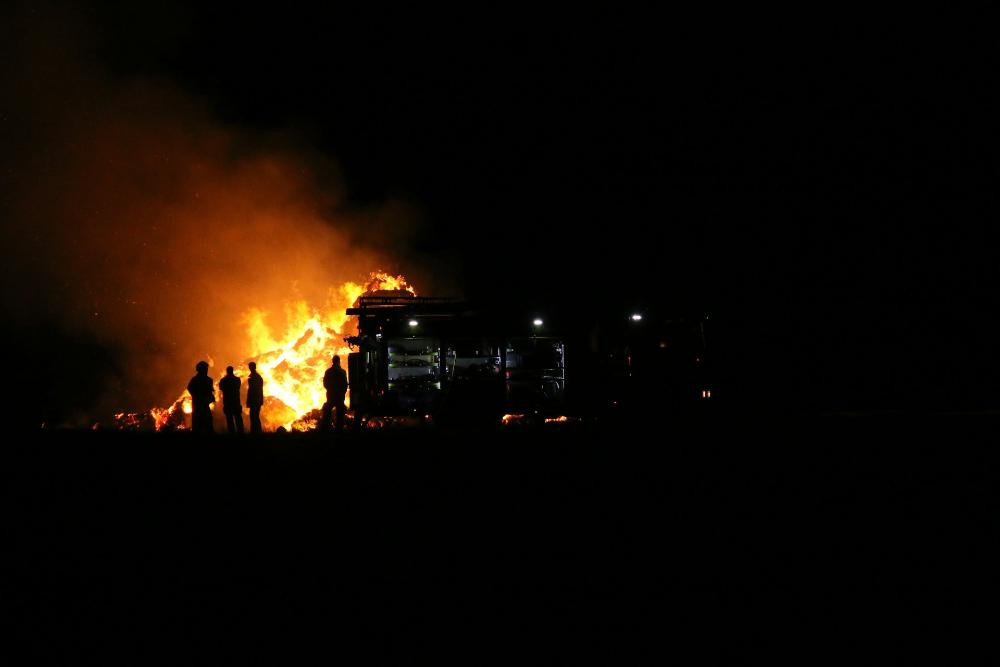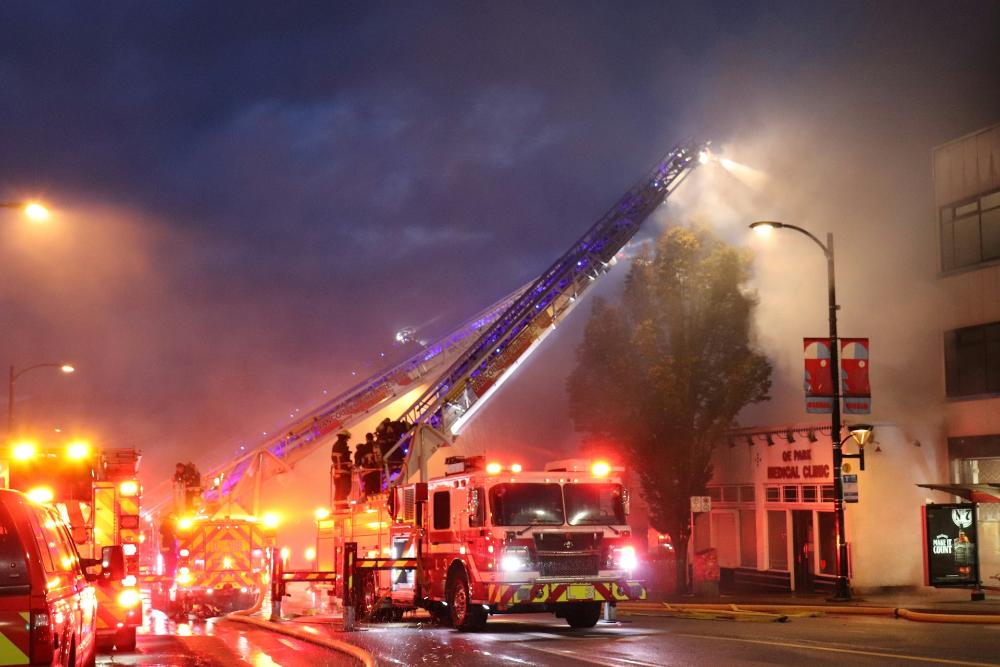Fire Watch Security
Contents
Special Considerations
Historic buildings present unique challenges when it comes to fire safety. These structures, often built with older materials and lacking modern fire protection systems, require specialized fire watch security measures to ensure their preservation and the safety of occupants. In 2025, fire watch services have become an essential component in protecting these irreplaceable landmarks from the devastating effects of fire.
Historic buildings often have unique architectural features and materials that can pose significant fire risks. From wooden beams and plaster walls to intricate electrical systems, these structures require careful attention to detail.
Fire watch security in historic buildings must be tailored to address these specific risks while maintaining the integrity of the building’s historic fabric.
Unique Challenges in Historic Buildings
One of the primary challenges in historic buildings is the presence of older materials that can ignite more easily. Wooden beams, plaster walls, and outdated electrical systems can all contribute to a higher risk of fire. Additionally, historic buildings often lack modern fire protection systems, such as sprinklers and alarms, making it crucial to have a robust fire watch program in place.
Another challenge is the need to preserve the historic integrity of the building. Traditional fire protection measures, such as installing modern sprinkler systems, can sometimes damage or alter the building’s original features. Fire watch security provides a non-invasive solution that protects the building without compromising its historic value.
Specialized Fire Watch Services for Historic Buildings
Fire watch services in historic buildings require specialized training and equipment. Guards must be familiar with the unique risks associated with these structures and trained to detect and respond to potential fire hazards quickly.
This includes understanding the building’s layout, identifying potential ignition sources, and knowing how to use fire suppression equipment effectively.
Advanced technology, such as thermal imaging cameras and smart sensors, can also play a crucial role in fire watch security for historic buildings. These tools provide guards with enhanced situational awareness, allowing them to detect potential fires before they become serious.
Real-time monitoring and data analysis ensure that any potential hazard is addressed promptly, minimizing the risk of significant damage.
Compliance and Documentation
Compliance with local fire safety regulations is essential in historic buildings. Fire watch guards must maintain detailed logs of their patrols, including any potential hazards detected and the actions taken to address them. These logs provide a clear record of compliance and can be crucial in the event of an inspection or legal action.
Documentation is also important for insurance purposes. In the event of a fire, detailed logs and real-time data can provide valuable evidence of the fire watch program’s effectiveness. This can help expedite the claims process and ensure that the property is adequately covered.
- Unique challenges posed by older materials and lack of modern fire protection systems
- Specialized training and equipment for fire watch guards
- Use of advanced technology for enhanced situational awareness
- Importance of compliance and detailed documentation
Fire watch security is a critical component in protecting historic buildings from the devastating effects of fire. By addressing the unique challenges posed by these structures and leveraging specialized training and advanced technology, fire watch services can provide a non-invasive solution that preserves the building’s historic integrity while ensuring the safety of occupants.
Investing in high-quality fire watch services is essential for the long-term preservation of these irreplaceable landmarks.
